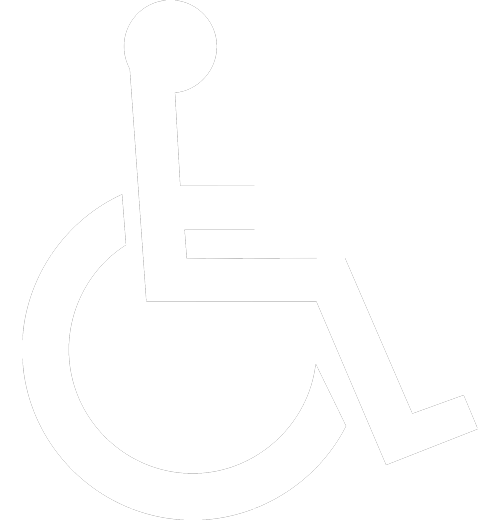Time Management and Productivity: Techniques for Maximizing Your Time and Tasks
Have you mastered your time management skills? Or, do you still find yourself short on time and with a list of to-dos a mile long? Effective time management and productivity are essential skills. Whether you’re a student trying to balance coursework, a professional managing a busy work schedule, or someone seeking to make the most of your day, mastering these skills can significantly enhance your life. Here are some techniques for maximizing your time and tasks to boost productivity and achieve your goals.
-
 Prioritize Your Tasks: Effective time management begins with setting priorities. Not all tasks are created equal, and some have a more significant impact on your goals than others. Start by categorizing your tasks into three main categories:
Prioritize Your Tasks: Effective time management begins with setting priorities. Not all tasks are created equal, and some have a more significant impact on your goals than others. Start by categorizing your tasks into three main categories:
- Urgent and Important: Tasks that demand immediate attention and are crucial to your goals.
- Important but Not Urgent: Tasks that contribute to your long-term goals but may not require immediate action.
- Neither Urgent nor Important: Tasks that don’t directly contribute to your goals and can be postponed or eliminated.
- Set Specific Goals: Clear, specific goals provide direction and purpose for your tasks. Instead of vague objectives like “be more productive,” set specific, measurable, achievable, relevant, and time-bound (SMART) goals. For instance, “Complete the marketing report by 5 PM” is a SMART goal. Having specific goals helps you create a roadmap for your day, allowing you to allocate your time and energy more effectively.
- Plan Your Day in Advance: Start each day with a clear plan of action. The evening before or early in the morning, create a to-do list that outlines your tasks for the day. Prioritize your tasks and allocate time blocks for each. Having a plan in place eliminates decision fatigue and helps you stay on track.
- Use Time Management Techniques: Several time management techniques can help you stay organized and productive:
- The Pomodoro Technique: Work in focused, 25-minute intervals (Pomodoros), followed by a 5-minute break. After four Pomodoros, take a longer break. This method can improve concentration and productivity.
- Time Blocking: Allocate specific time blocks for various tasks or types of work. For example, designate a block for email, a block for meetings, and a block for focused, uninterrupted work.
- Eat the Frog: Tackle your most challenging or least appealing task first thing in the morning. Completing it gives you a sense of accomplishment and sets a positive tone for the day.
- Two-Minute Rule: If a task can be completed in two minutes or less, do it immediately rather than adding it to your to-do list.
- Minimize Distractions: Distractions can derail your productivity. Identify common distractions in your environment and take steps to minimize them:
- Turn Off Notifications: Silence or disable notifications on your devices to avoid constant interruptions.
- Create a Dedicated Workspace: If possible, set up a designated workspace where you can focus without distractions.
- Use Website Blockers: Install website blockers or productivity apps that restrict access to time-wasting websites during work hours.
- Time-Box Social Media: If social media is a distraction, schedule specific times to check and engage with it, rather than doing so intermittently.
- Delegate and Outsource: You don’t have to do everything yourself. Delegation and outsourcing can free up your time for higher-value tasks. Identify tasks that can be handed off to others, whether it’s at work or home. Trusting others with tasks can increase efficiency and reduce your workload.
- Learn to Say No: Saying yes to every request or opportunity can spread you too thin and hinder productivity. Be selective about the commitments you take on. Politely decline tasks or projects that don’t align with your priorities or that you don’t have the capacity to handle.
- Practice Time Management Tools: There are tools and apps available to help with time management and productivity:
- To-Do Lists: Apps like Todoist or Microsoft To Do can help you organize tasks and set deadlines.
- Calendar Apps: Use digital calendars like Google Calendar or Apple Calendar to schedule appointments, meetings, and tasks.
- Project Management Software: Tools like Trello, Asana, or Monday.com are excellent for managing tasks, projects, and teams.
- Time Tracking Apps: Apps like Toggl or Harvest allow you to monitor how you spend your time and identify areas for improvement.
- Regularly Review and Adjust: Effective time management is an ongoing process. Regularly review your goals, tasks, and productivity techniques to identify what’s working and what needs adjustment. Be open to trying new strategies and refining your approach as you learn more about your strengths and weaknesses in managing time.
By setting clear priorities, defining specific goals, planning your day, using time management techniques, minimizing distractions, delegating tasks, learning to say no, and leveraging time management tools, you can maximize your time and tasks to achieve your objectives. Remember productivity is a journey, not a destination. Consistent effort and a commitment to continuous improvement will lead to long-lasting success and fulfillment in your endeavors.








